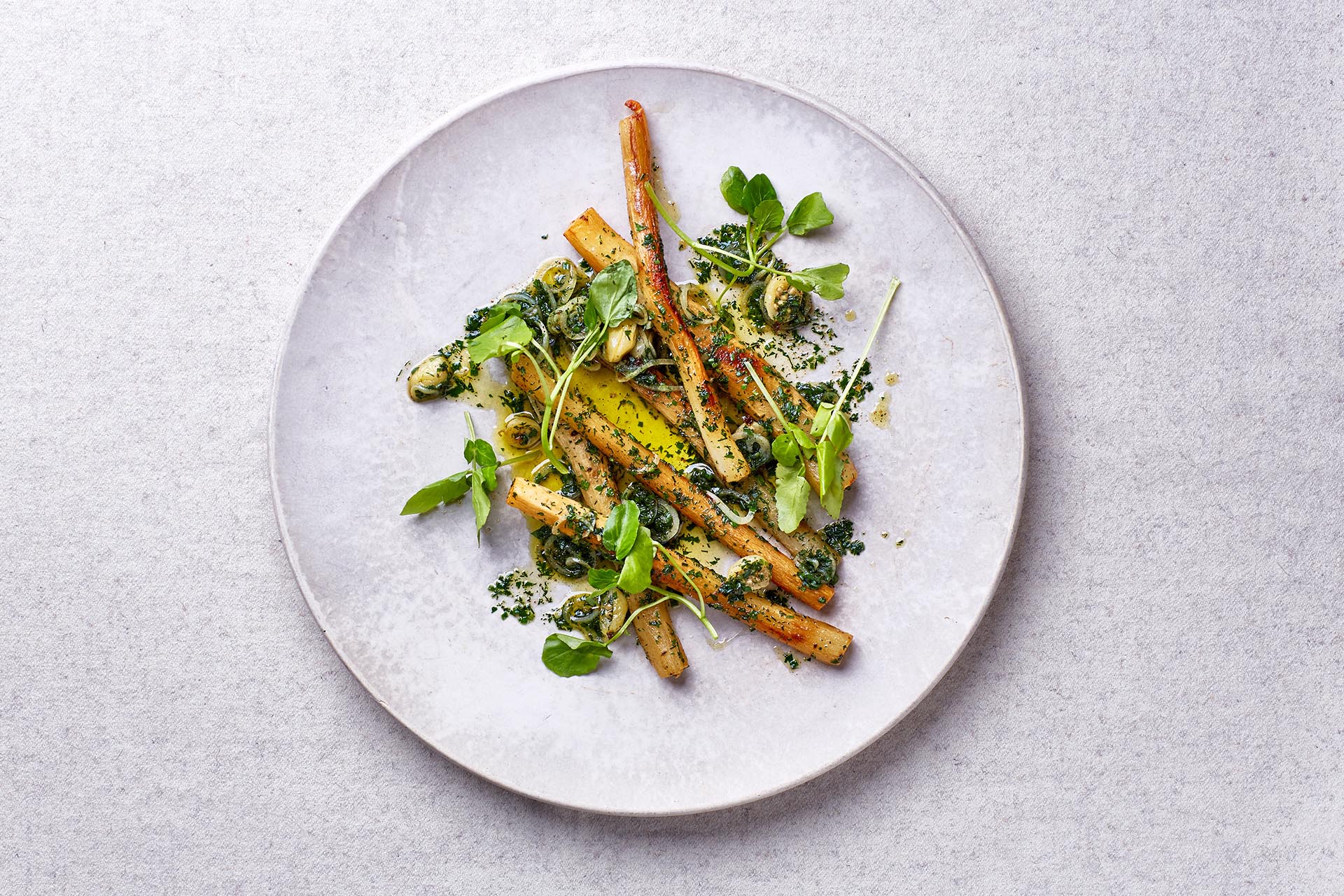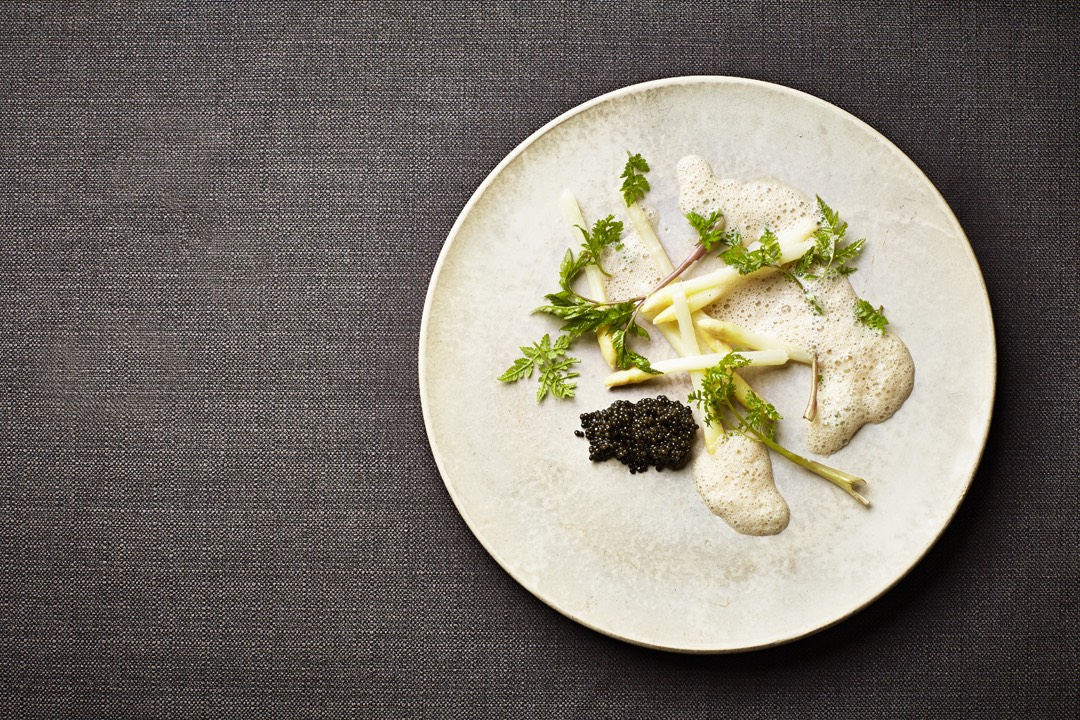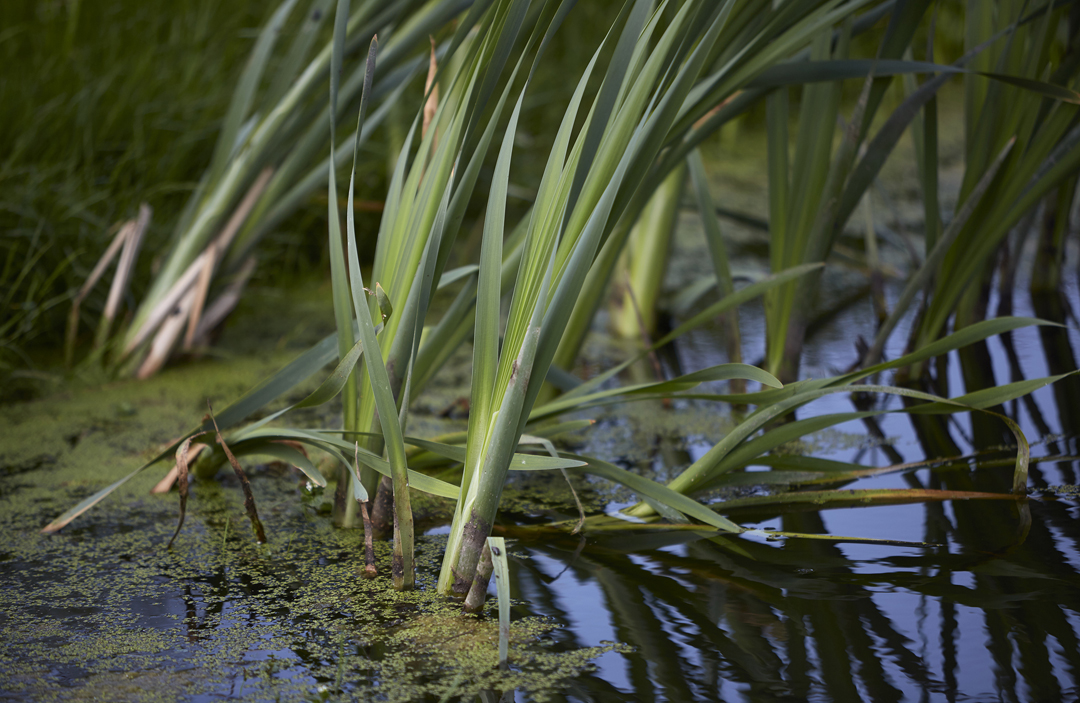
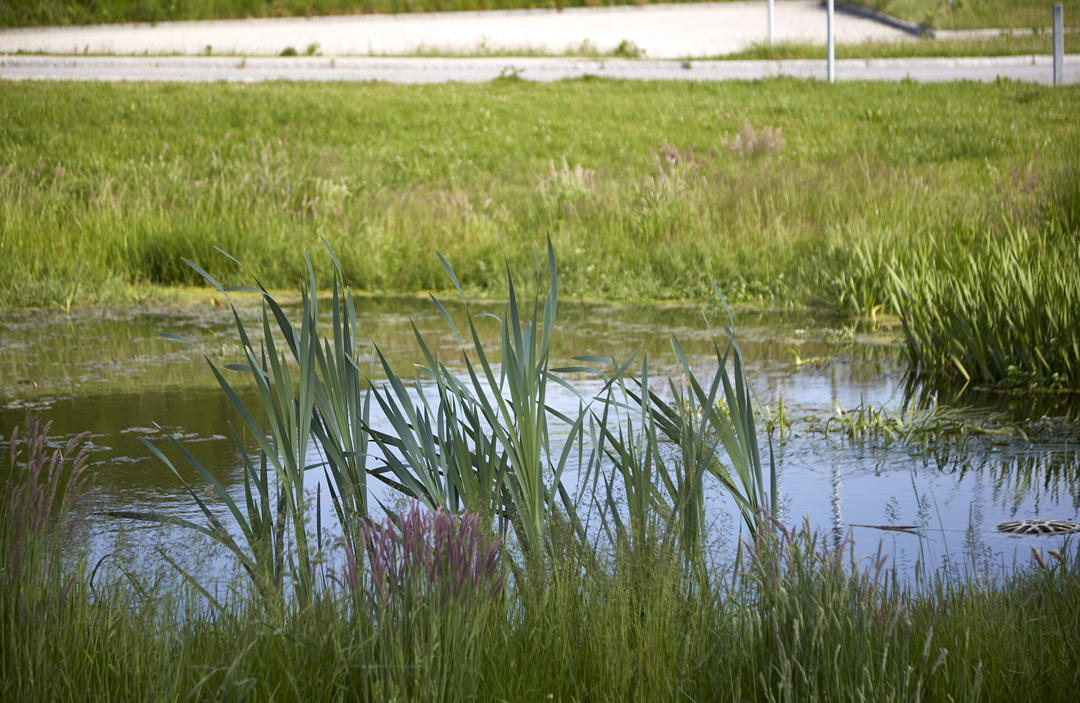
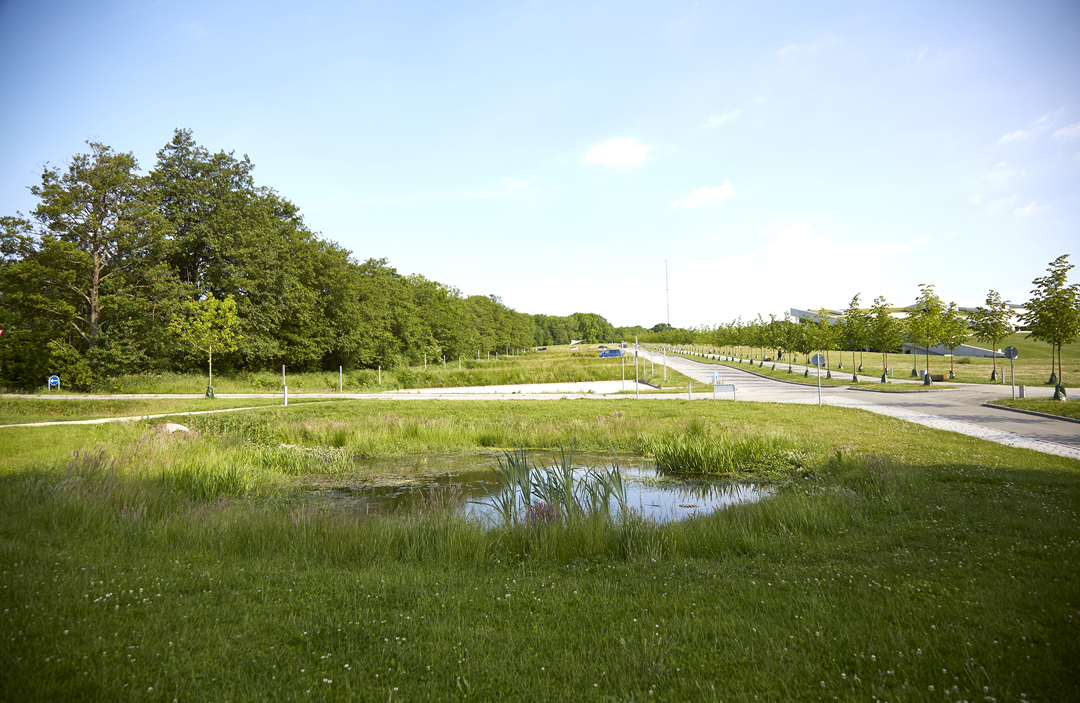
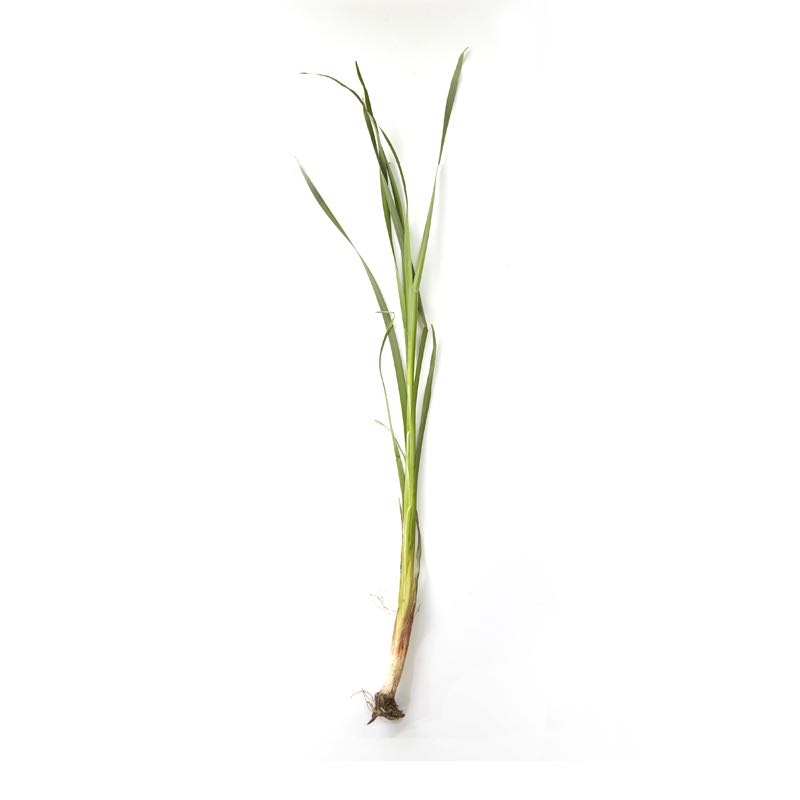
Cattail
Cattail is as starchy as a potato. But with a pith that tastes of cucumbers if offers culinary opportunities no spud ever could.
-
Where to Find It
Throughout Denmark, cattails grow in shallow water with fertile ground. Look for them along lakes and streams, where they mingle with reeds.
Streams, the sea, towns, roadsides.
-
Where to Find It
Young shoots make the best eating, so harvest cattails in early summer.
Piths: April, May, June.
-
How to Spot It
The cattail has a vertical stem that grows up to two and a half meters tall, and long, bluish-green leaves. At the top of its stem, its inflorescences look like corn cobs —male ones form at the very tip and female ones just below. Both are cocoa-colored and velvety.
-
How to Pick It
The roots and lower pith (the inner core of its stalk) are the edible parts of the cattail. Cut the stalk as far down as you can. Only the lowest 10-15 cm of the stalk and roots are usable; the rest can be discarded. The exact amount of stalk that is edible will depend on the plant’s age; the younger it is the more of its pith you can eat. Peel away the many layers of leaves, so that only the springy pith remains. Separate the roots from the outer leaves as well.
Risk of misidentifying the plant
There is no risk of mistaking the plant for another dangerous or undesirable plant.


